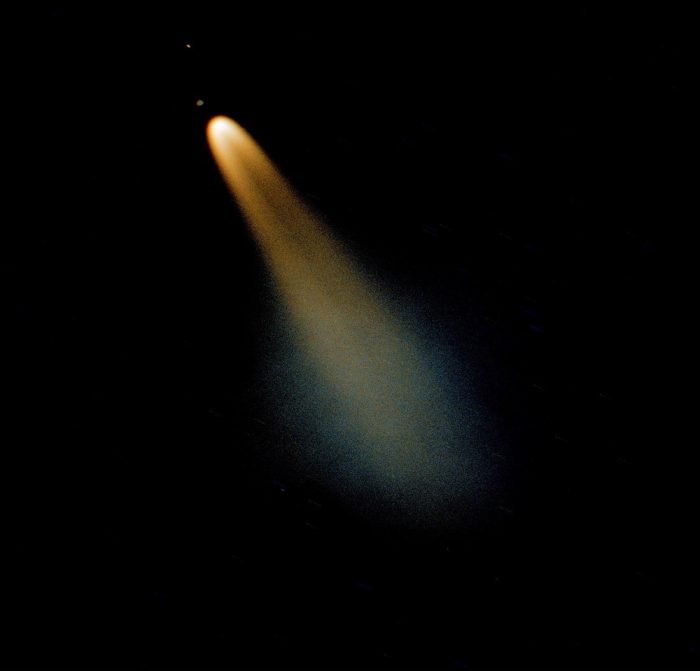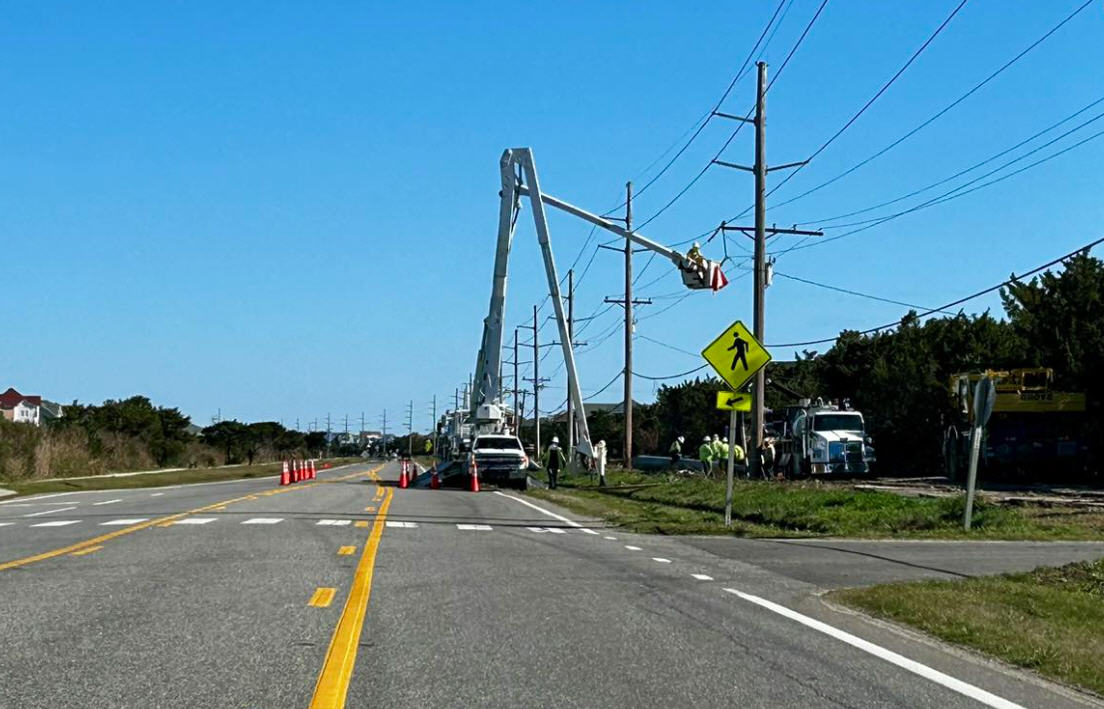Night Sky: The comet of the year, and more highlights for October

Comet of the Year!
After a week of cloudy mornings, I finally got a break in the clouds and took this image of Comet C/2023 A3 (Tsuchinshan-ATLAS) at 6:10 a.m. on September 30.
This is the comet that’s been on the news lately. It’s about 65 million miles away from us and getting closer. I was not able to see it with my naked eye. It is supposed to be visible in the morning skies until Oct 3. Starting October 9, it’s supposed to be visible near the western horizon shortly after sundown. A3 is supposed to be at its brightest on October 12.
There appears to be a lot of controversy about how long it takes C/2023 A3 (Tsuchinshan-ATLAS) to orbit the sun. Some astronomers say thousands of years and some say millions, so don’t miss it!
What you can look for in October’s Night Skies
Comet C/2023 A3 (Tsuchinshan-ATLAS) will be just above the Eastern horizon right before sunrise from October 1 until October 3!
On October 12, the comet will make’s its closest approach to Earth. It will appear just above the Western horizon just after sundown.
The Draconids meteor shower peaks on October 8. They will appear in the northern skies as soon as the skies darken. You can expect about 10 shooting stars per hour.
The Orionids meteor shower peaks on October 21 in the early morning. As the name implies, the shooting stars appear to come from the constellation Orion. You can expect about 20 shooting stars per hour.
The planets are still very visible throughout the night.
Venus is visible just above the western horizon shortly after sundown. It sets at 8:07 p.m. You should be able to spot Saturn shortly after sundown too, but it will be just above the Eastern horizon. Neptune will appear between the horizon and Saturn, but you’ll need a telescope or good binoculars to view it. Uranus rises at 8:54 p.m., followed by Jupiter at 10:26 p.m., and Mars at 12:11 a.m.
Moon Phases:
New Moon is October 2
1st Quarter is October 10
Full Moon is October 17
Last Quarter is October 24






















